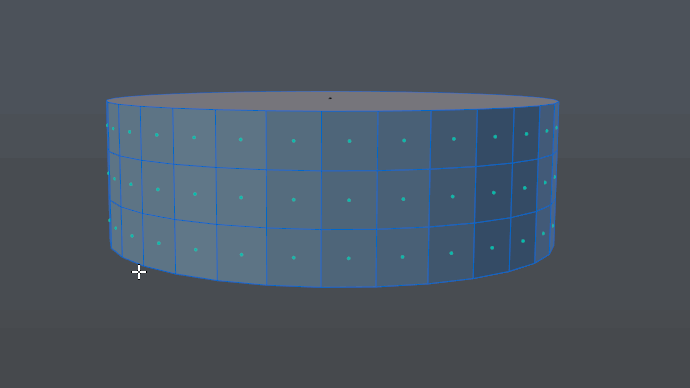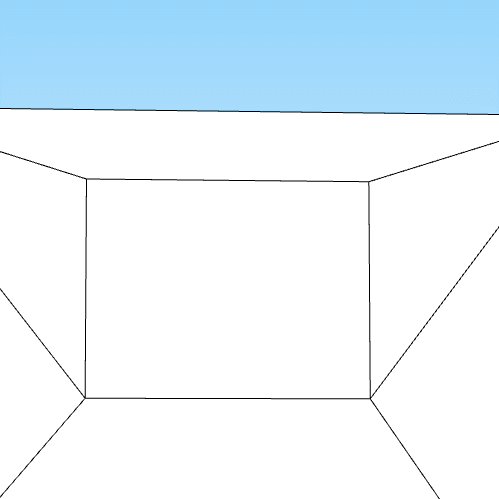SubD examples and models
-
A soft knurled knob for a friend's gadget.
It will be a 3d print, the render was just for fun.

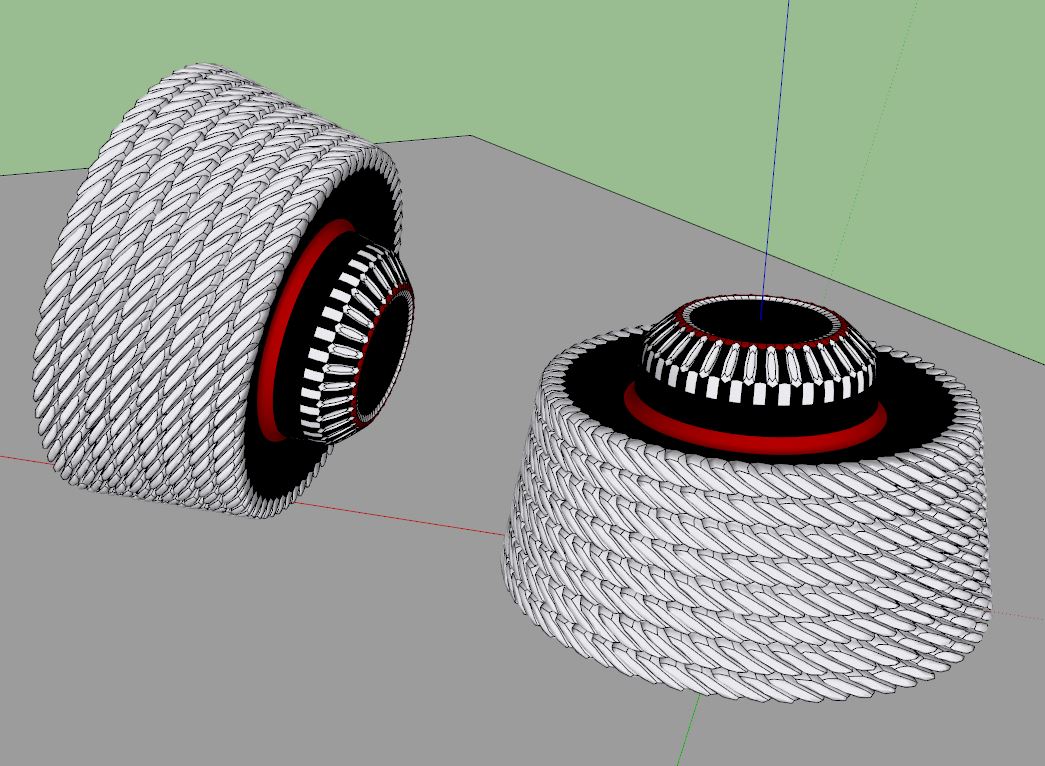
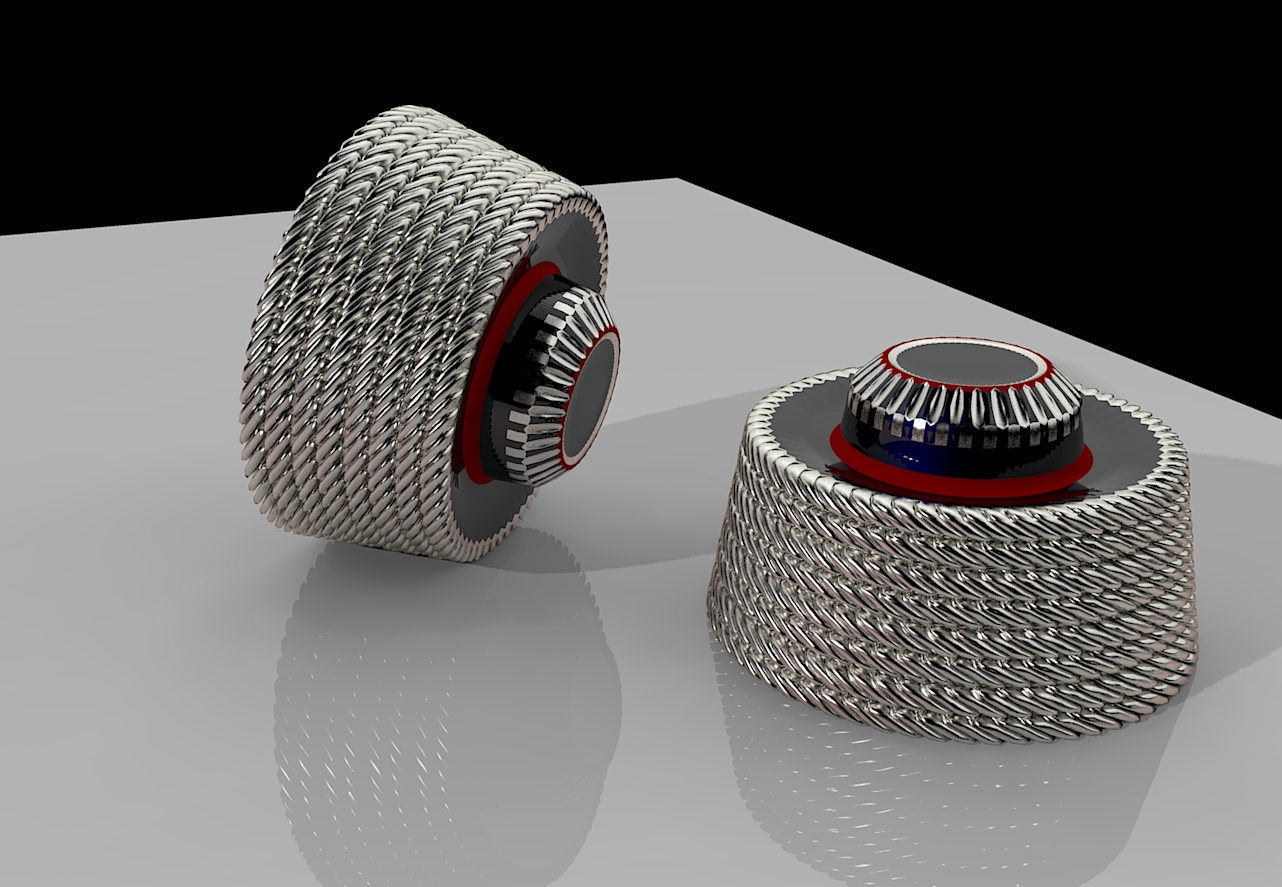
-


I and Google Translate have no idea what a "knurled knob" is but these "segment rings" look great - are all these individual "subDed" components? -
gnarly knurled knob, dude!
-
-
Love the poke tool, Rich. Is it from Blender?
-
@hornoxx said:
are all these individual "subDed" components?
No its all one piece. I used SUBD, JPP and Fredo scale Twist to make it, then SUbDed it to finish.
I can do a gif if interested. But on my phone just now. -
@rich o brien said:
That's a cool result. SU needs a poke tool to make this easier and quicker to achieve.
hmm... this could be a Vertex Tools feature...
-
Here's a quick version without the top bit.

-
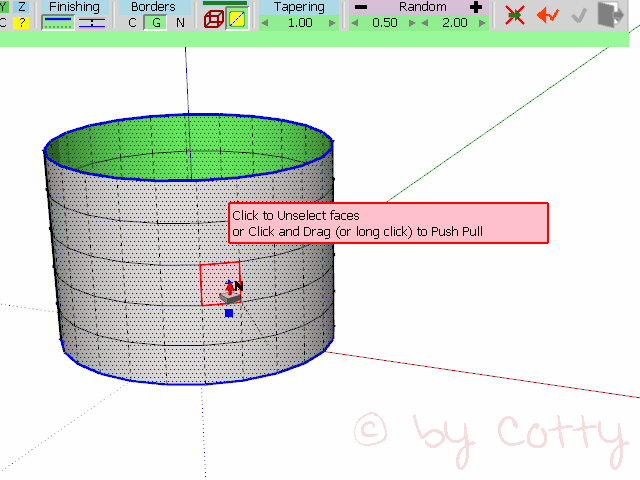
-
Each Fredo's plugin is a little true gem of possibilities!

You must read the manuals in deepth!
you will be astonished! -
A quick soap dish.
I can add the proxy if anyone wants it.
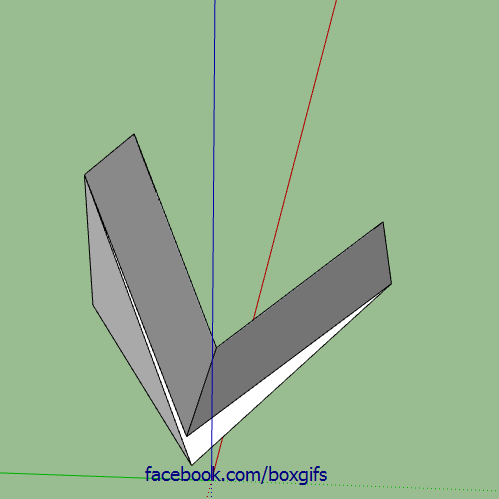
-
That's some hard-core poly-minimal models you making there

-
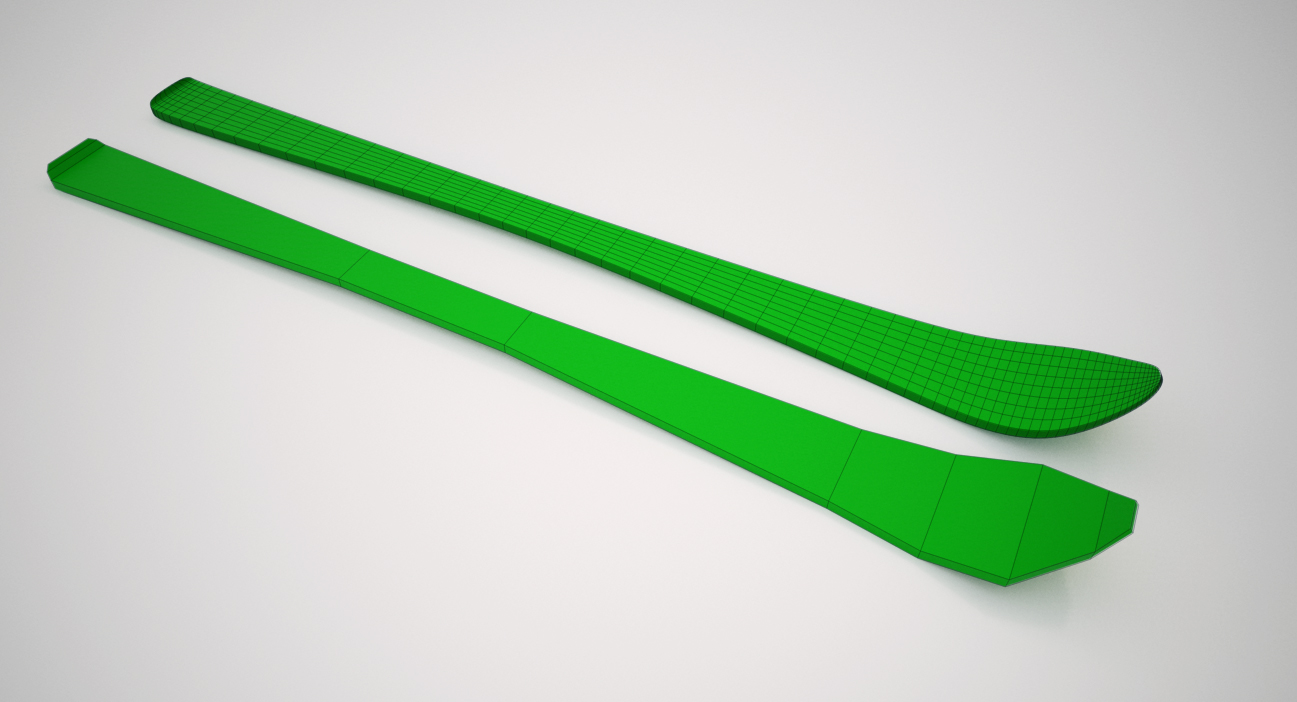
-
Great demos everyone!
-
@box said:
A quick soap dish.
I can add the proxy if anyone wants it.Yes please Box. I cant see how I get a different result with the exact same mesh...
-
Baz you need to use the crease tool on that section, including the corners from memory.
I'm away from my PC just now so can't give you the proxy until later. -
@box said:
Baz you need to use the crease tool on that section, including the corners from memory.
I'm away from my PC just now so can't give you the proxy until later.Ah, creasing, forgot about that. I wish there was a SubD for Dummies, I would certainly buy it...
-
-
@box said:
Here ya go Baz, did a quick gif to show the creasing for you.
Thanks Box. I'm getting there.
-
The proxy is there under the gif, if you want it.
Advertisement
